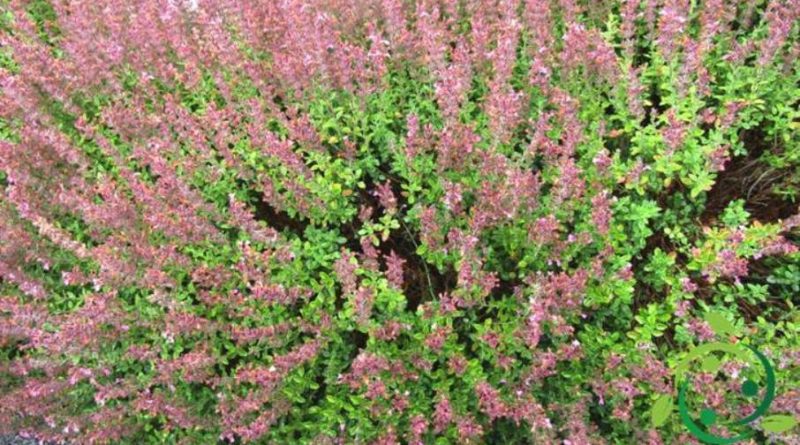How to grow the common Camedrio
How to grow the common Camedrio
The common Camedrio, also known as the female Camedrio or Teucrio (Teucrium chamaedrys L., 1753) is a small shrubby plant belonging to the Lamiaceae family. It is a fairly rustic species with a shrub growth characterized by a very rapid growth, with adult plants that exceed even 2 meters in height. In this sheet we will see how to grow the common Camedrio and the most useful agronomic measures.
The common Camedrio grows well in sunny places for many hours a day and protected from the wind; it also bears minimum temperatures below -5 ° C and blooms in spring, with lilac-colored flowers. This plant should be implanted especially in light soils (with a good percentage of sand) rich in organic substance and in the presence of good drainage; as regards the pH this plant has a high tolerability of values. The plant can be grown in the ground but also in pots; for those in the ground it is necessary to resort to irrigation especially during the summer and during the first early stages of engraftment. The Teucrium bred in a pot instead, should be watered more frequently to avoid losing the leaves that, in lack of water, tend to curl up to the vine. In the ground it is advisable to place the seedlings at a distance of 40-50 cm. Concerning the fertilization for the plant in open field it is advisable to bring in the period of end of winter, before the plant, organic substance (mature manure or compost) to be mixed at the first tillage preparation.
It is advisable to never use synthetic fertilizers but to intervene with natural fertilization methods (organic substances) and green manure. Another interesting method of integration of mineral elements, on the other hand, is the contribution of ash (from the combustion of plant material) to be immediately added to the organic one. For plants grown in pots, a soil must be prepared with parts of sand – soil for plants – peat: 40 – 40 – 20. For plants in pots it must be taken into account that every spring should be repotted using a container larger than the previous one. new light and well drained soil with the same composition as the previous one. On the bottom of the pots it is placed coarse gravel or perlite to promote drainage.
As far as propagation is concerned, Teucrium chamaedrys reproduces by seed and much more easily by semi-woody cutting.
However, to obtain plants with the same characteristics of that mother and for early blooms, the most used propagation technique is that of summer cuttings. The preparation of the cuttings is carried out between July and August, with well-sharpened and disinfected shears, withdrawing from the side shoots about 10 cm cuttings, with a portion of the supporting branch, putting them to root in a container with a mixture of peat and sand in parts equal. The caisson must then be placed in a bright place at a preferable temperature of 15 ° C. once the rooting took place (which is evidenced by the emission of young shoots), the new rooted plants are allowed to grow until the time of the dwelling that can be done throughout the year even if the best time is spring towards the end of April. The planting must be carried out by placing the seedlings in holes deep and wide about twice the bread of earth that surrounds the roots about 1 meter apart. After the planting, the hole must be filled with common garden soil mixed with a little universal soil. The soil should be adhered to the collar of the plant and then watered abundantly without causing stagnation.
As for pruning, the common Camedrio must be pruned twice a year; at the end of winter and towards the end of May. During the winter the branches are pruned dry and damaged by the cold while with the spring pruning they shorten all the branches of about half of their length.
Among the adversities we must remember above all the rottenness caused almost always by bad conditions of drainage of the substratum. In addition to avoiding this condition, the plant can be protected with contributions of horsetail solutions that perform a protective antifungicide and also insecticide against cochineals and aphids.
It is also good to know that the Camedrio is a mellifera plant and can produce honey, but in the restricted areas where the plant is widespread. Moreover, in the past this plant was widely used for the preparation of bitter stomachichi liqueurs or in the vermouth industry and beverages in general. Now no longer for a recognized and proven toxicity of some of its components (neoclerodanico diterpenes) that can cause various types of hepatitis (disorders of the liver parenchyma).

